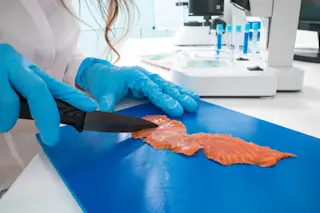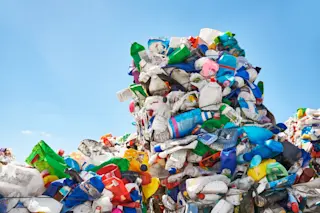The 'Hidden' Chemistry in Everyday Life
Understanding the chemical makeup and workings of everyday “stuff” unlocks the mysteries of our world.
More on Discover
Stay Curious
SubscribeTo The Magazine
Save up to 40% off the cover price when you subscribe to Discover magazine.
Subscribe







